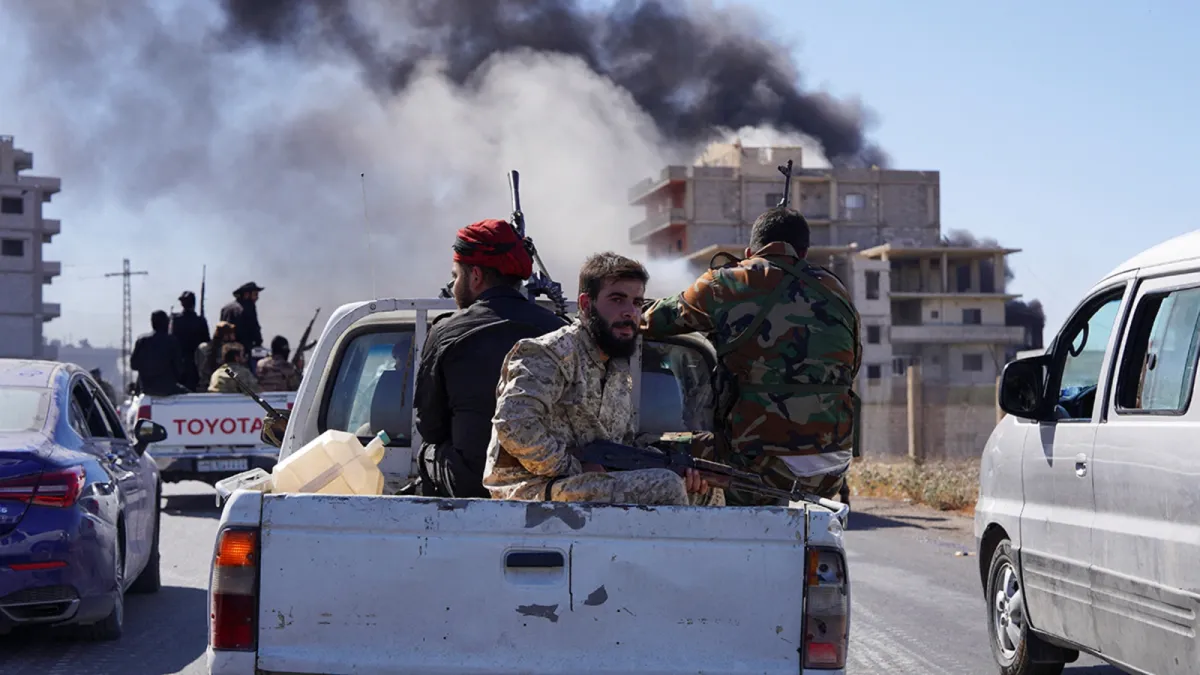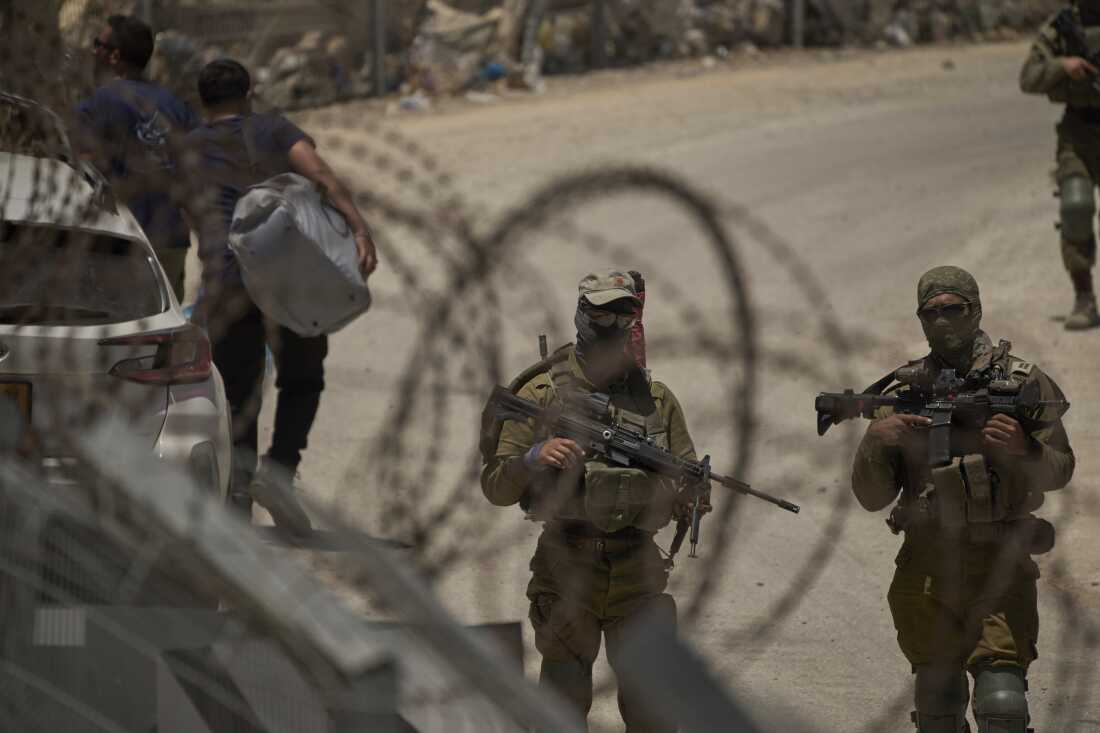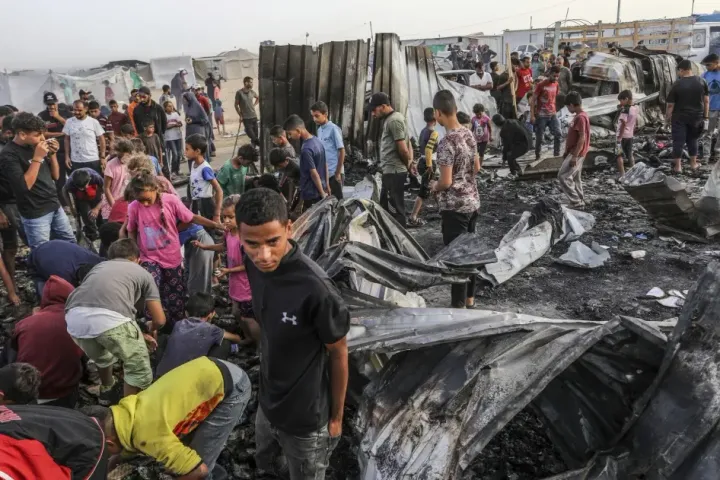Deadly Clashes in Southern Syria Escalate
Deadly violence involving Druze, Bedouin, Syrian military, and Israeli airstrikes since July 13 has left hundreds dead and tens of thousands displaced.

Fierce clashes in southern Syria, ongoing since July 13, 2025, continue to escalate, resulting in nearly 600 fatalities and forcing more than 87,000 civilians to flee their homes. The violence initially erupted in the Suwayda province, following a kidnapping and robbery incident targeting a young Druze man by Bedouin tribes.
Origins of the Conflict
The conflict began from sectarian tensions between the Druze community and Bedouin tribes, historically prone to social friction. According to a report by AP News, the kidnapping of a Druze youth by Bedouin groups on July 13 triggered large-scale armed confrontations.
The situation rapidly deteriorated. The transitional Syrian government under President Ahmed al-Sharaa dispatched troops on July 14 to restore order, but this intervention intensified hostilities. Druze militia groups retaliated fiercely, triggering further violence.
Israel's Involvement in the Conflict
Amid the escalating violence, Israel intervened by conducting airstrikes targeting Damascus and areas of Suwayda on July 15-16. Israel justified the attacks as necessary to protect the Druze community from violence perpetrated by Syrian government forces and Bedouins, demanding the withdrawal of Syrian military troops from Suwayda. These airstrikes destroyed several Syrian military facilities, including the Defense Ministry headquarters in Damascus, according to a report from TIME.
Israel’s involvement further complicated the conflict, putting the Syrian government under dual pressure—internal turmoil and external military intervention.

Worsening Humanitarian Crisis
Due to this violence, thousands of civilians in Suwayda are trapped in increasingly dire conditions. Essential infrastructure such as electricity, clean water, and communication networks have been completely disrupted across many areas. The crisis is exacerbated by numerous reports of severe human rights abuses by all involved parties, including extrajudicial executions, abductions, and massacres.
According to Reuters, ceasefire attempts from July 16 to 18 temporarily eased the violence, though sporadic clashes still continue in various locations.
International Mediation and Peace Efforts
Through international mediation efforts involving the United States, Turkey, and Jordan, a limited ceasefire was achieved. The Syrian government was granted limited 48-hour access to deploy troops to restore security in Suwayda city.
Despite this progress, tensions remain high. Thousands of Israeli Druze reportedly attempted to cross the border to show solidarity with fellow Druze in Suwayda but were prevented by Israeli forces, as detailed by The Washington Post.
Long-Term Stability at Risk
Besides the death toll approaching 600, over 87,000 residents have lost their homes. This conflict also risks long-term instability in southern Syria, a region previously calm following the end of the civil war.
The international community continues urging all parties involved to exercise restraint to prevent further deterioration. Yet, given the sensitivity and fragility of the current situation, there is no guarantee this tenuous ceasefire will last.
Amid this volatile situation, civilians remain the primary victims. Without a robust and comprehensive peace agreement, the region faces an ongoing threat of a larger humanitarian tragedy.





Comments ()